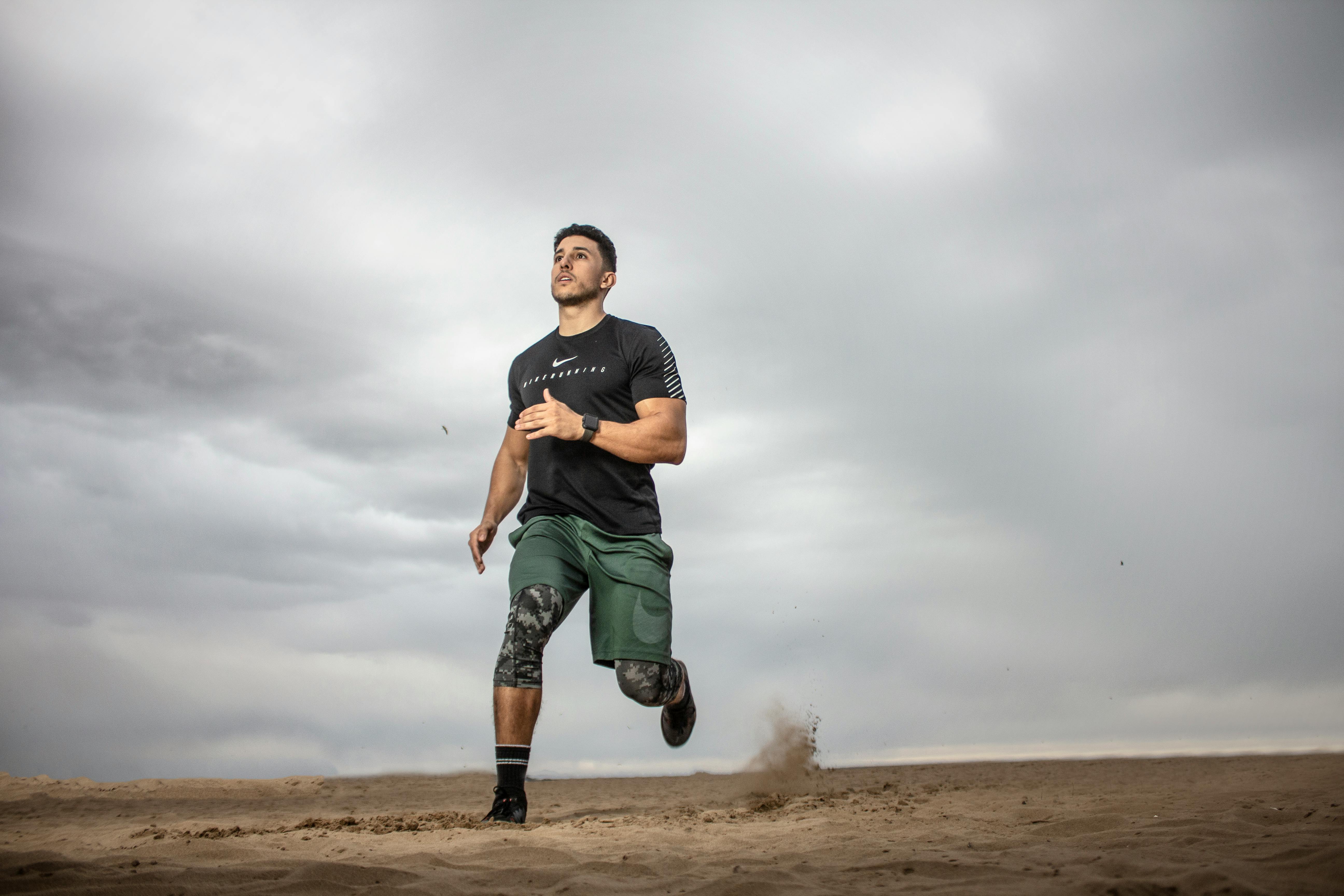Physical activity is one of the most essential ways of remaining healthy. Yet, in Malta, many people are still not on board with staying active. This prevalence of physical inability is due to several reasons. Yes, the island is blessed with beautiful landscapes and a mild climate; we could take advantage of it. However, various factors make it almost impossible to live a predominantly active life. In today’s article, we will discuss the current state of physical activity in Malta, delving into the statistics and the causes. We will also share some practical and effective ways of making a positive difference to this problem.
What is the current state of physical activity in Malta?
Before understanding the cause and how exactly we can improve the situation, we need to know the severity of the matter. According to a study by the Today Public Policy Institute, Maltese are the least physically active people in the world, and you read right. In fact, over 70% of Maltese adults do not meet the recommended physical activity levels.
Furthermore, the Eurobarometer survey on sports and physical activity found that 42% of Maltese people never exercise or play sports, while only 7% regularly engage in an active workout. This sedentary habit is not just amongst adults but also in Maltese children. The Today Public Policy Institute also says that children in the country watch three or more hours of Television every night.
Physical activity among different age groups
As mentioned earlier, physical inactivity is a general concern across all age groups in Malta. Most people spend their spare time watching Television or using their cell phones. The Health Behaviour in School-aged Children (HBSC) study revealed that only 23% of Maltese adolescents meet the WHO’s recommendation of at least 60 minutes of moderate to vigorous physical activity daily. This trend continues into adulthood, where work and family responsibilities often precede physical activity.
What are the common reasons for physical inactivity in Malta?
-
Lack of recreational spaces
This is arguably one of the main reasons for the physical inability of most adolescents and some adults. We are one of the most populated countries in the world. The more a country’s population, the fewer open spaces for recreational activities. Over the years, Maltese have not prioritized and recognized the importance of recreational facilities like parks, playgrounds, etc. The little open spaces available are often overcrowded, which deters people from using them as much. However, a recent article published by the Times of Malta shared some positive news about the growing number of gyms in the country.
-
Lack of time
We get it; modern living is hectic, where you have to juggle long working hours, family responsibilities and social commitments, leaving you no extra time to even think of exercise or physical ability. The average working hours in Malta is 40 hours a week. hours a week. After a long day at work, people may find it hard to find motivation to hit the gym or exercise.
-
Lack of awareness and education
Another reason for the growing number of Maltese people engaging in physical activity is more awareness and education. People are more burned out when feeding their mouths and their families and see exercise as a luxury; some even think it wastes their time. Many need to be made aware of why they need to prioritize regular exercise. Those who understand the benefits of exercise need to fit it well into their daily routines.
-
Cultural and social norms
In Malta, social or outdoor activities revolve around eating and drinking, not physical exercise. This form of socialization goes back to the need for more recreational resources. This cultural preference for sedentary socializing can influence individuals’ attitudes towards exercise.
-
Environmental factors
Another reason for Malta’s high rate of physical disability is the climate. During the summer, temperatures can rise as much as over 30°C, making outdoor exercise unappealing and uncomfortable. Also, air pollution in urban areas is another concern, as poor air quality can discourage outdoor physical activity and pose health risks for those who exercise outside.
How can we solve the problem?
-
Improving infrastructure/recreational spaces
Developing more parks, sports facilities, and aesthetically pleasing walking and cycling paths can attract more Maltese to engage in more physical activities. It is the duty of the government and every individual to ensure that these spaces are well-maintained. Examples of recreational spaces that can encourage physical activities include parks or green spaces.
-
Promoting active transportation
Again, in Malta, many people are accustomed to vehicles and transportation as their mode of income. Encouraging active transportation, such as walking and cycling, can significantly increase physical activity levels. This is only possible when we create a more pedestrian—and cyclist-friendly environment—for instance, implementing bike-sharing programs and ensuring safe and accessible pathways for pedestrians.
-
Educational campaigns
This strategy is one of, if not the most important, ways of improving the situation. Raising awareness about the benefits of physical activity through educational campaigns can help change attitudes and behaviors. Schools, workplaces, and community centers can play a vital role in promoting physical activity.
Also, we can integrate physical education (P.E.) into the school curriculum and workplace wellness program to encourage both children and adults.
-
Community-based programs
Organizing group activities, such as walking clubs, sports leagues, and fitness classes, can motivate individuals to participate. These programs can also provide support and encouragement, making it easier for people to stick to their exercise routines.
The bottomline of physical activity in Malta
Insufficient physical activity in Malta has become a prevalent problem, with various contributing factors. The government or even private businesses can invest in more recreational spaces, make policies to reduce time constraints, create more awareness or education, and let go of harmful traditions or cultural norms to help improve the statistics of sedentary living recorded in the country.
Individually, it is best to be more intentional about the level of physical activity you engage in. A simple strategy like 10,000 steps a day can make a lot of difference in your health and wellness journey. Better still, reach out to a personal trainer or fitness coach online for a fitness plan tailored to your specific needs. Doing so will help reduce the risk of chronic diseases like heart disease, and improve your overall physical and mental well being.

